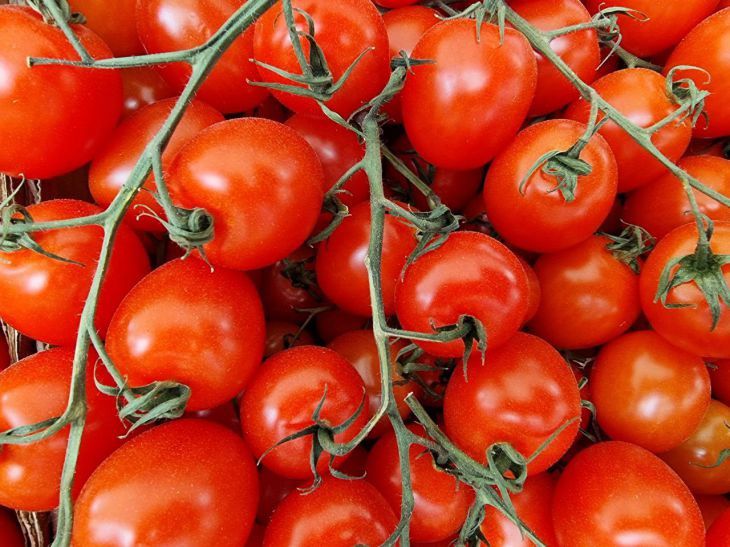Everyone who grows tomatoes wants to get a good harvest, abundant in large and tasty fruits.
We will tell you further how to achieve your goal.
First of all, we draw attention to the importance of certain tasks during the flowering period of the plant.
Fertilizers
Don't neglect your tomatoes by ignoring the nitrogen, phosphorus and potassium they need.
In fact, this is difficult to do if we buy fertilizers, because the labels list these elements (necessary not only for tomatoes, but for many plants).

It is worth remembering that feeding tomatoes during the period of flower bud formation is extremely important: the formation of ovaries directly depends on how healthy and strong the plant is.
You can use both organic and mineral fertilizers.
Mineral supplements
During the flowering period, tomatoes are provided with phosphorus and potassium, and the soil is also enriched with these elements.
Simple and double superphosphate, potassium chloride and sulfate, and potassium monophosphate are suitable for our purposes.
Remember: all of these fertilizers must be used strictly according to the instructions, as too much of a nutrient can cause just as much damage as too little.
You can also use complex fertilizers, for example, with nitrogen, but in a proportion smaller than potassium and phosphorus.
Organic fertilizers
Proponents of these say that they are more beneficial than mineral ones and also provide plants with protection from diseases.
Among the organics, we can mention yeast, which stimulates the growth of tomatoes.
Preparation: take 100 grams of dry and fresh yeast and dilute in 1 liter of warm water.
After foaming, add the mixture to a 10-liter bucket of water. Let it settle, and then water the tomato bushes (enough for 15 plants).
The second remedy is ash (wood, peat, straw). It is very useful for tomatoes.
Once a week, you need to add a tablespoon of the substance under each bush.
In addition, twice a month you can water the bushes with an ash solution (100 grams of ash per bucket of water).
Iodine helps to increase the number of ovaries. Water under the root. Solution: 3 drops of iodine per bucket of water.
By the leaves
Organic matter can be applied not only under the root, but also on the leaves. In the latter case, you can use, for example, boric acid.
Mixture: 10 grams of this substance per glass of hot water, which is diluted in 10 liters of water, after which we treat the bushes on the leaves once a week.
Iodine: 30 drops per 1 liter of milk. Mix, add a tablespoon of hydrogen peroxide, dilute the whole thing in 9 liters of water.
Ash: dilute 300 grams of the substance in 3 liters of water, then boil for half an hour, then pour water into a bucket, add soap and leave to infuse for 24 hours.
Earlier we told you what a farmer’s feeding scheme for tomatoes looks like.








